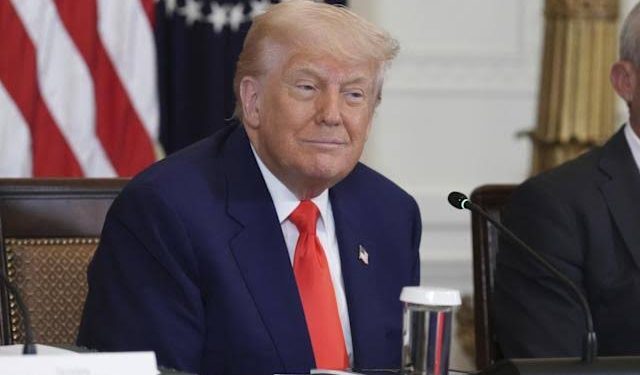U.S. President Donald Trump has reignited global trade tensions by announcing plans to impose a 50% tariff on imports from the European Union starting June 1, 2025. The move, unveiled in a post on his Truth Social platform, comes amid stalled trade negotiations and growing frustrations over what Trump described as the EU’s “unfair trade practices.”
Trump accused the bloc of hiding behind a mix of trade barriers, VAT taxes, non-monetary restrictions, corporate penalties, and lawsuits targeting American companies. “Our discussions with them are going nowhere,” he said, adding that the proposed tariff is his response to what he views as persistent trade imbalances.
Markets were quick to react. S\&P 500 futures fell 1.5% in pre-market trading, while Europe’s Stoxx 600 index dropped 1.7%, highlighting investor anxiety over the potential fallout of escalating trade friction between two of the world’s largest economies.
This is not the first time the U.S. has taken aim at EU goods. In April, Washington imposed a 20% reciprocal tariff on most EU imports, later reducing it by half with a July 8 deadline to encourage further talks. But the latest 50% proposal signals a sharp turn away from compromise. Steel, aluminum, and car parts already face 25% tariffs, and similar measures are expected for other key sectors including pharmaceuticals and semiconductors.
The announcement comes at a time when the U.S. is trying to de-escalate another major trade rivalry—with China. Just weeks earlier, Washington and Beijing reached a temporary agreement to lower tariffs for 90 days. As part of that deal, U.S. duties on Chinese goods were cut from 145% to 30%, including those linked to fentanyl-related items, while China dropped its tariffs on American goods from 125% to 10%.
That agreement followed intense negotiations in Geneva and was welcomed as a step toward easing trade tensions between the world’s two largest economies. But Trump’s aggressive pivot towards the EU indicates a starkly different strategy, suggesting the U.S. could simultaneously pursue détente with China and confrontation with Europe.
The proposed EU tariffs have sparked fears of retaliation from Brussels, which could trigger a wave of countermeasures, strain transatlantic ties, and further destabilize already fragile global supply chains. Businesses and consumers on both sides of the Atlantic are likely to bear the brunt of rising costs.
While the U.S.-China truce offers a temporary reprieve for global markets, Trump’s tariff threat against the EU injects fresh uncertainty. Analysts caution that unless resolved quickly, the standoff could derail global economic recovery efforts, especially as inflation and geopolitical tensions continue to weigh on international trade.
Observers remain watchful as the world awaits whether this proposed tariff becomes policy—and what the EU’s response might be.










